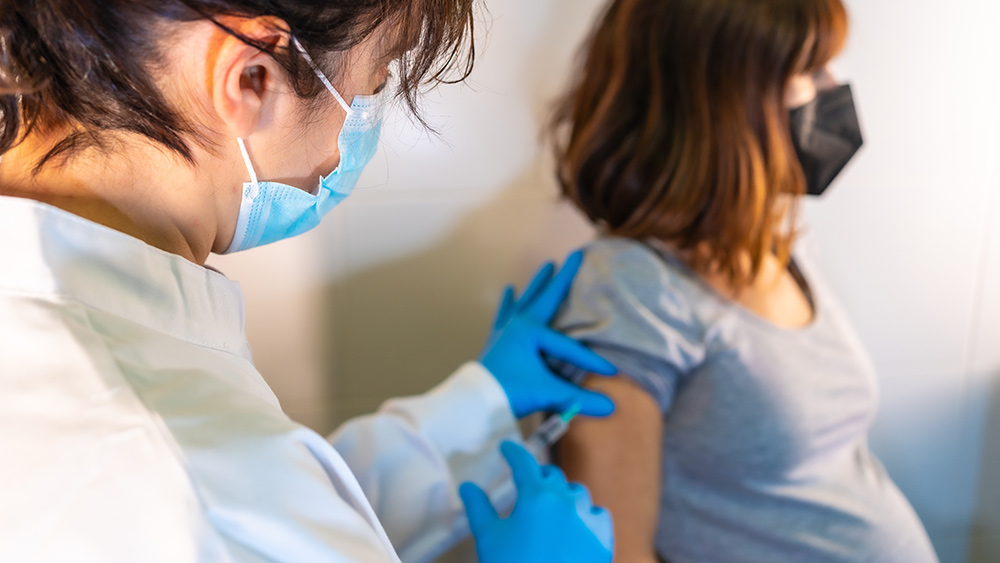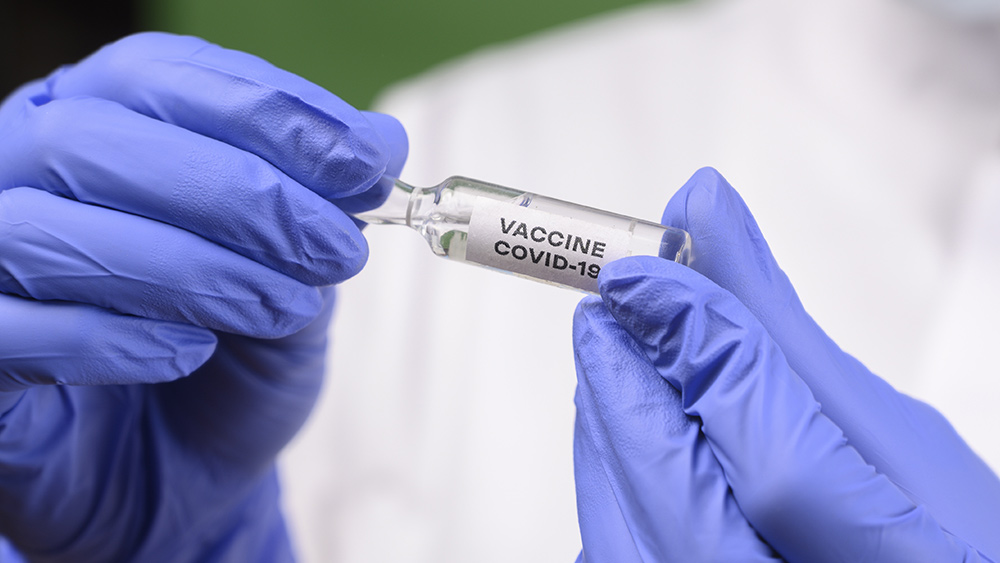You need exercise to keep your bones strong
11/04/2018 / By Ellaine Castillo

Many adults can look back to a period in their childhood where they went outside to play; however, this isn’t the case for most children in today’s generation. Nowadays, children and young adults spend 60 percent of their day doing sedentary activities like lying down, watching TV, and playing video games. This is unfortunate, not just because they won’t have memories of playing outside, but also because they won’t be able to enjoy the different benefits associated with physical activity. A study conducted by researchers from the University of British Columbia and the Vancouver Coastal Health Research Institute revealed that physical activity during adolescence is important for skeletal development and that sedentary lifestyle has detrimental effects on bone health.
According to the World Health Organization, physical inactivity is a major risk factor for mortality and morbidity. This is worrisome since more than 80 percent of adolescents worldwide do not get enough physical activity. It is especially important to keep active during puberty since the bones and muscles are still developing during this period of life. Previous studies have shown that the benefits of physical activity and weight-bearing exercise on bone strength are optimized during adolescence.
Instead of doing physical activities, young adults spend most of their time doing sedentary activities. Prior research has shown that sedentary activities are linked to poor health but there was not enough evidence to establish if this was due solely to inactivity or if there was just an offset of benefits from physical activity.

In this study, which was published in the Journal of Bone and Mineral Research, the researchers looked at the effects of physical activity and sedentary activities on the bone strength of the tibia and radius in participants aged nine to 20 years old. The researchers evaluated bone strength based on parameters like bone geometry, density, and microarchitecture since these are affected by mechanical stimuli during growth.
Results of the study showed that the effects of physical and sedentary activities on bone strength varied depending on the person’s maturity. The researchers determined that both activities had optimum effects on bone development during early and mid-puberty since at this period there is higher bone turnover. For physical activity, the observed results were beneficial to bone strength. Meanwhile, sedentary activities positively affected bone microarchitecture but were detrimental to bone geometry. Researchers attributed the positive effects on microarchitecture to changes in bone tissue distribution and mineralization that aim to maximize bone strength in smaller bones of sedentary people. Aside from this, researchers also observed that physical activity can override the detrimental effects of inactivity.
Overall, these results prove that physical activity is beneficial to bone strength while sedentary activities have both positive and negative effects on bone development. The results of the study also provide sufficient evidence for the ability of physical activity to offset the detrimental effects of sedimentary time. Lastly, the researchers observed that these all of these effects were dependent on maturity and were maximized during early and mid-puberty, which is why it is important for adolescents to go out and play. (Related: Why gym class matters: Playing ball builds bones, balance and muscle strength in schoolchildren.)
Other ways to improve bone strength
Adolescents are not the only ones that should work on improving their bone strength. Even adults should take extra measures to keep their bones healthy since after 30 years old the bones will start to deteriorate. Some ways to improve bone strength include the following:
- Drinking raw, organic milk — Milk is rich in calcium and vitamin D, which are important for bone formation and repair. Healthcare professionals recommend a daily dose of 1,000 mg of calcium and 400-800 IU of vitamin D for women under the age of 50 and men below 70 years old. Meanwhile, those that are older should get at least 1,200 mg of calcium per day.
- Limiting alcohol intake — Alcohol interferes with the body’s ability to absorb calcium and inhibits bone formation so intake should be limited to two drinks a day for men and one drink for women.
- Quitting smoking — People who smoke experience bone deterioration at a faster rate. This is especially true for women since smoking reduces estrogen levels, triggering early menopause, which is associated with accelerated bone loss.
Learn more about the different health benefits of regular exercise by visiting Health.news today.
Sources include:
Submit a correction >>
Tagged Under:
adolescence, adolescents, bone development, bone health, bone strength, Bones, exercise, fitness, longevity, physical activity, physical inactivity, prevention, puberty, sedentary activities, sedentary lifestyle.
This article may contain statements that reflect the opinion of the author





















